SUMMARY
This is AI generated summarization, which may have errors. For context, always refer to the full article.
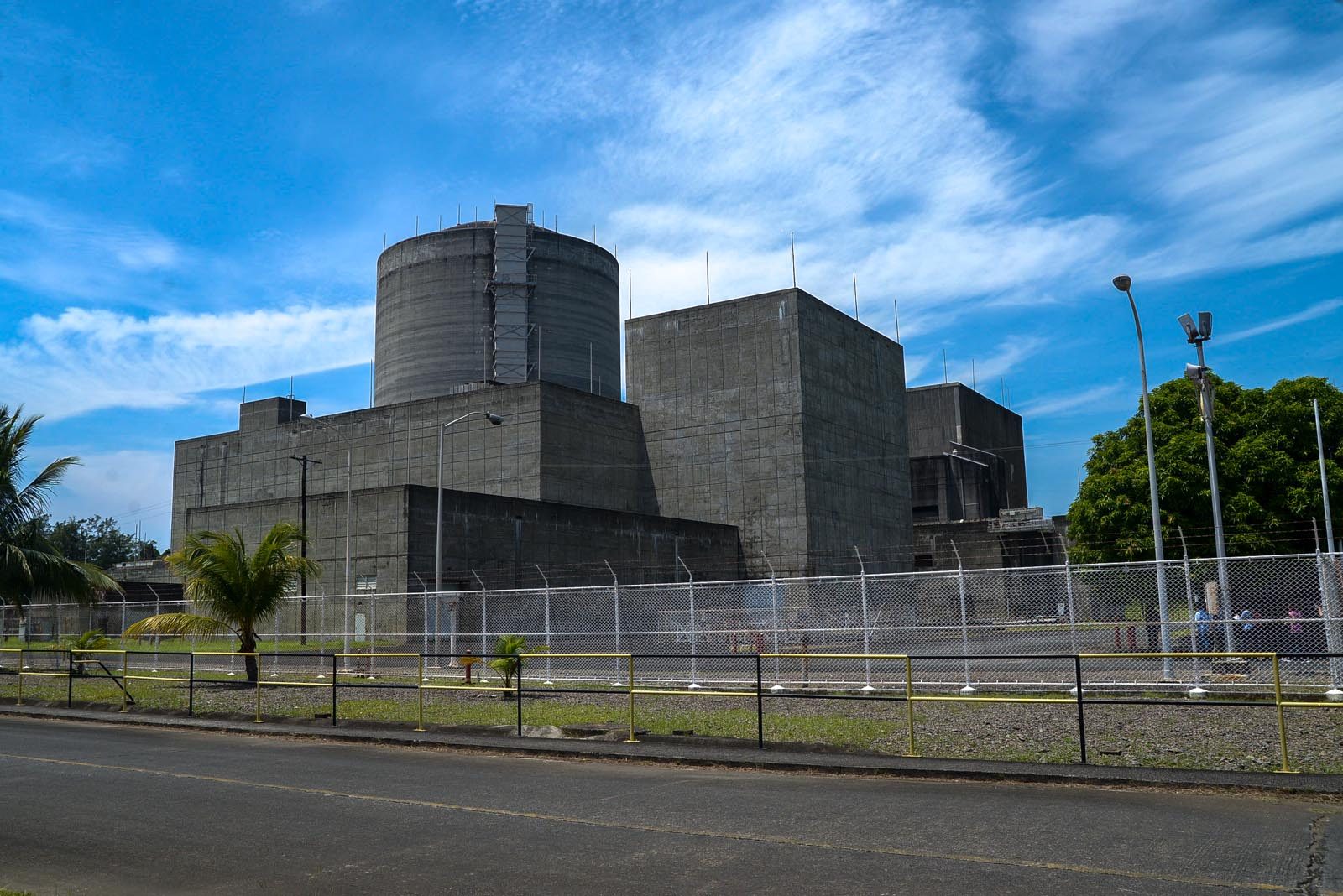
BATAAN, Philippines – Public decision could seal the fate of the old and dormant Bataan Nuclear Power Plant (BNPP), but first, the state would have to lay the options down clearly.
In December 2015, International Atomic Energy Agency (IAEA) chief Yukiya Amano said his agency is ready to assist the Philippines should it decide to revive the BNPP.
“If you decide (to reopen it) we are ready to help,” Amano said.
But the United Nations’ nuclear watchdog clarified that making a decision would be up to the Philippine government.
Amano was in the country to attend the 3rd Nuclear Congress, a multi-sectoral meeting assessing the progress made by the Philippines in using nuclear energy, along with the challenges in harnessing it.
For every year the matter sits in indecision alley, the government is spending P50 million ($1.06 million) to maintain the mothballed plant. Such has been the case since, in 2007, the Philippines completed the payment of the $2.3-billion debt that had been used to fund the BNPP’s construction between 1976 and 1984.
When the Marcos dictatorship crumbled, the administration of Corazon Aquino transferred the nuclear plant’s assets to the government without ever operating it. It was mothballed in the wake of the 1986 Chernobyl accident in Russia.
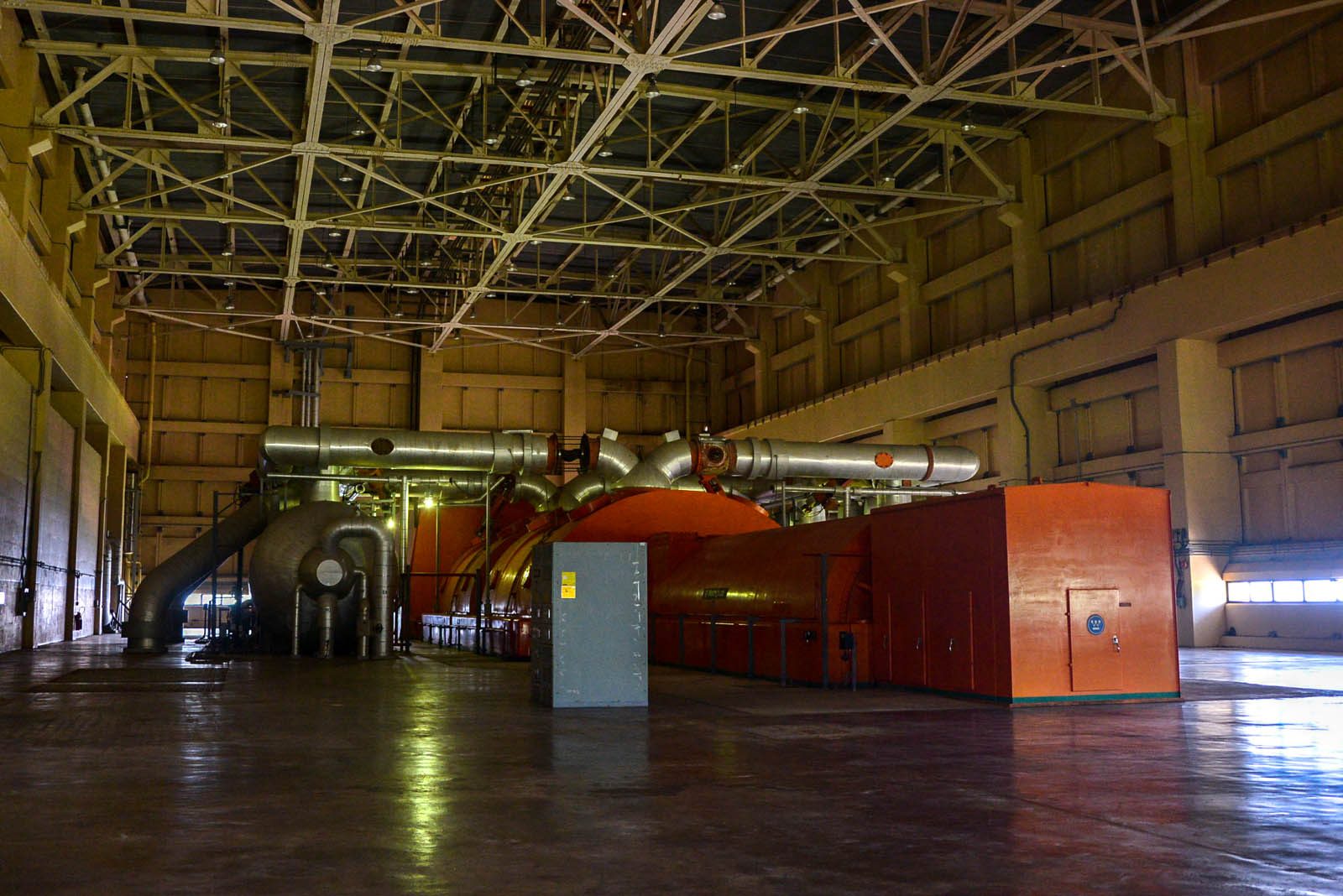
However, talks about fueling the power facility were plenty 8 years ago. The Department of Energy (DOE) led the gargantuan task of drafting the country’s nuclear energy policy. Owner and operator National Power Corporation (NAPOCOR) signed a memorandum of understanding with the Korean Electric Power Company (KEPCO) to assess the viability of harnessing alternative energy in the aging station.
It would take $1 billion spread over 4 years to restore the BNPP, the study concluded. 80% of the plant and equipment needed overhauling. The rest had to be replaced.
In the following year, the House of Representatives’ Committee on Energy approved a bill aimed at commissioning and rehabilitating it.
Everything stalled following Japan’s Fukushima Daiichi disaster in 2011 – the worst nuclear crisis since Chernobyl.
The issue reawakened in an energy committee hearing in Congress the last quarter of 2015. (READ: Regulatory body pushed to study Bataan Nuclear Power Plant revival)
In October last year, the DOE also convened the inter-agency core group responsible for creating the policy alongside NAPOCOR and the Philippine Nuclear Research Institute (PNRI), whose mandate is to regulate nuclear power plants.
“As a technology, nuclear power has been shown to be safe, clean, and cheap as evidenced by the continuing operation of several nuclear power plants all over the world,” Teofilo Leonin, PNRI nuclear division chief, told Rappler in an email.
But according to Leonin, NAPOCOR has to prove to the regulatory body “the safety and minimal impact to the natural environment of [the BNPP’s] operation.”
Fears of a Fukushima repeat
In a country prone to earthquakes and other catastrophes, fears of a Fukushima repeat cannot be shrugged off.
The tsunami produced by a 9.0 magnitude earthquake in Japan damaged Fukushima’s several reactors and disabled the reactors’ cooling systems, which resulted in the release of radioactive materials.
The Japanese nuclear plant had a peak horizontal ground acceleration of 0.1g. The IAEA requires a minimum of 0.1g peak horizontal ground acceleration “regardless of any lower apparent exposure to seismic hazard.”
The BNPP has a peak acceleration of 0.4g. NAPOCOR claims it can withstand the greatest tremor projected to hit Luzon.
“It’s well-protected from tsunami,” NAPOCOR Asset Preservation Department Manager Mauro Marcelo Jr told the media in a tour of the massive yet sleeping powerhouse. It lies 18 meters above sea level in a 389-hectare lot in Napot Point, Morong, Bataan.
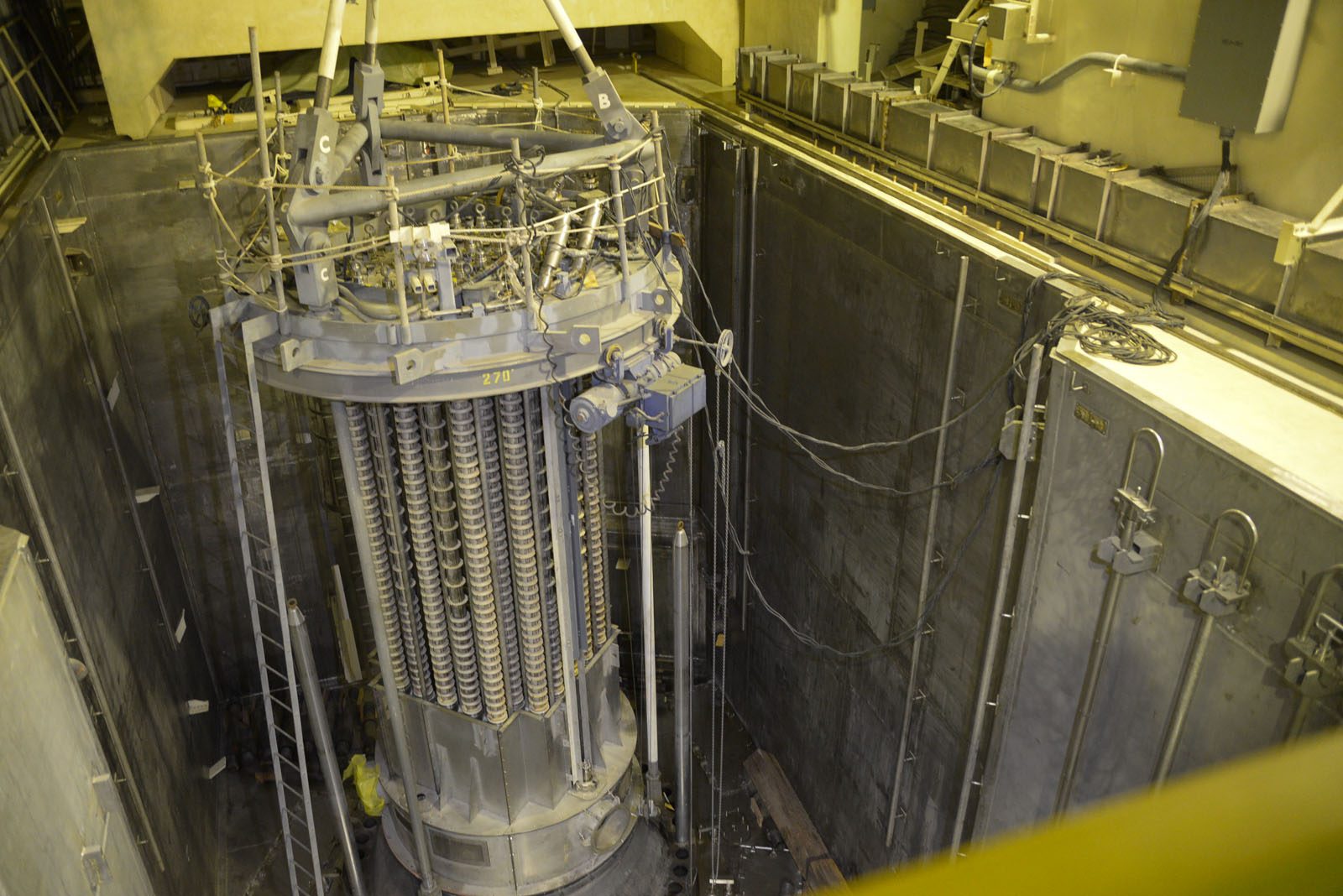
The BNPP’s 3-loop design is similar to that of 3 running power stations in the world: Angra I in Brazil, Krško in Slovenia, and Kori II in South Korea. Kori II has won awards for its remarkable uptime and reliability.
“The future owner or operator of the BNPP will have to go through the whole regulatory process and submit pertinent documents to support [its claims],” Leonin said.
“This includes documents showing that a Fukushima-type disaster or any kind of natural or man-made disaster will have minimal effects to the population and the environment, as prescribed by national and international requirements and standards.”
The PNRI is speeding up the structuring of its regulatory requirements. Once a national policy is in place, the BNPP and all subsequent nuclear power plants will be subjected to the regulatory process, which will take at least 5 years to complete.
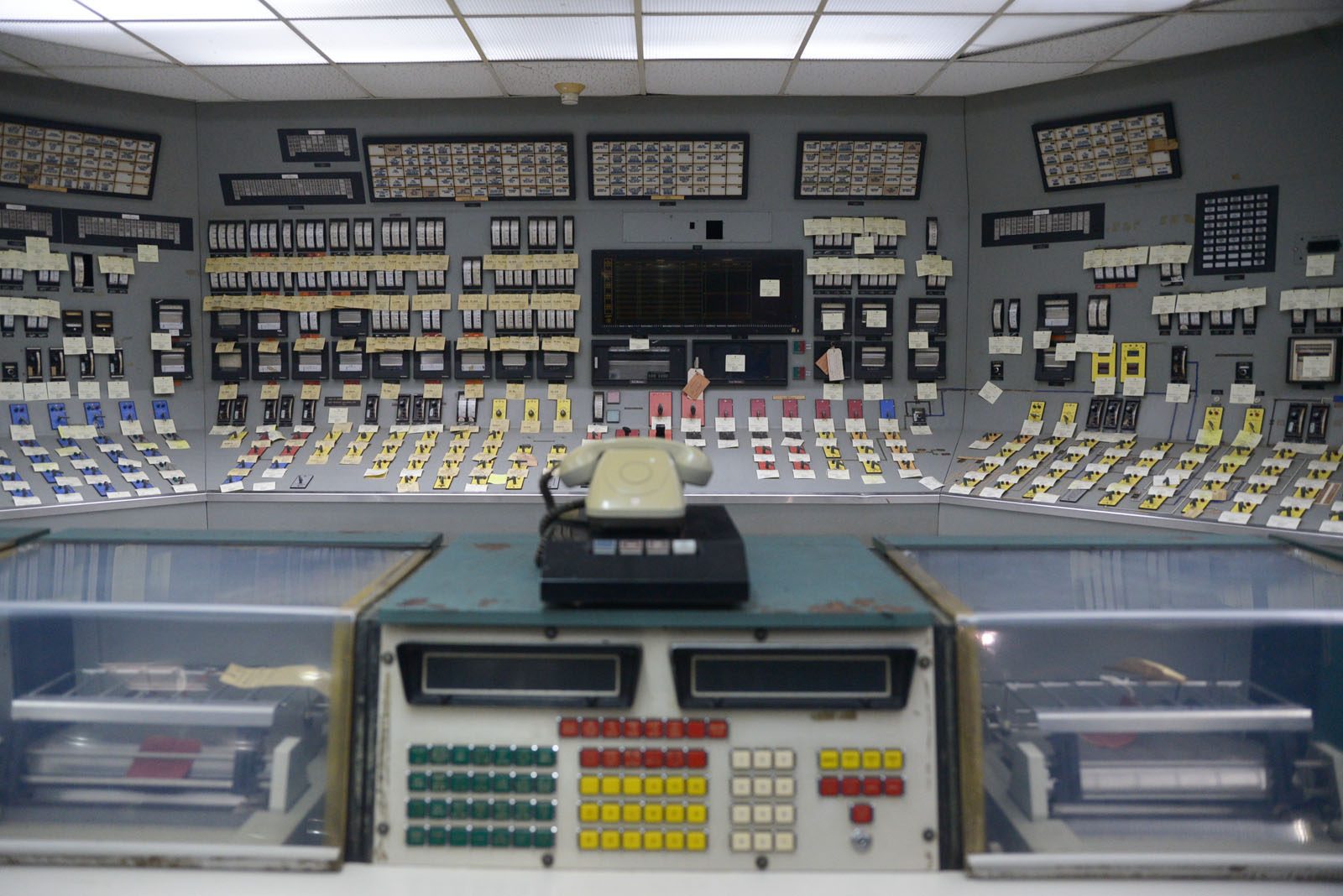
Cheaper than coal
Apart from seeking a study of the viability of reopening the BNPP, the DOE also recommended converting what Bloomberg dubbed an “empty shell” into a coal plant.
But former Pangasinan representative Mark Cojuangco, who supports nuclear fuel, argued that the country cannot be tied further to fossil fuels. In the 14th Congress, he filed House Bill 4631 or the Bataan Nuclear Power Plant Commissioning Act of 2008.

According to Cojuangco, 1.7 million tons of coal, equivalent to a 200-kilometer train, is needed to power a plant non-stop for an entire year. In contrast, he said, it would take only a little amount of nuclear fuel to produce great power. Nuclear fuel that could fit into a medium truck would be enough to generate electricity every 18 months. That could replace the 1.7 million tons of coal needed to produce electricity every year, or 2.5 million tons of coal every 18 months.
In a Rappler interview two years ago, Marcelo said the 620-megawatt (MW) capacity in Bataan can supply 10% of the Luzon grid. The island region’s power requirement reached a peak demand of 8,791 MW during the summer. But in the congressional hearing late last year, NAPOCOR was not able to provide figures on how this would translate to consumer costs.
Oriental Mindoro 2nd District Representative Reynaldo Umali, the chairman of the House Energy Committee, then asked NAPOCOR to rid the public of false hopes concerning lower electricity charges.
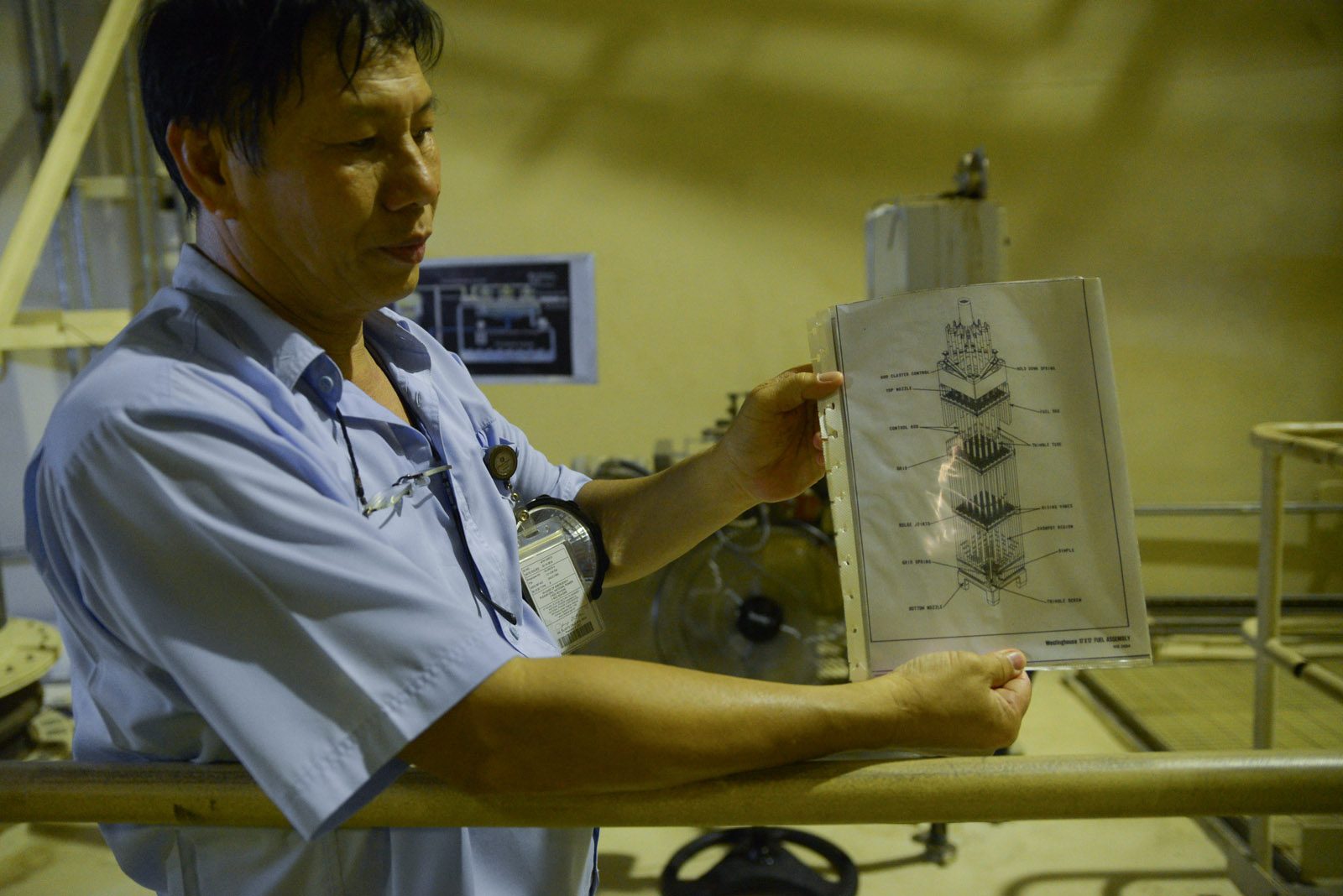
The real costs of nuclear power
Umali also mentioned that the $1 billion rehabilitation budget could build several renewable energy plants. In 2011, the government established the National Renewable Energy Program, which aims to boost the current capacity of renewable sources from 5,438 MW to 15,304 MW by 2030.
But Cojuangco believes renewable energy – solar and wind, in particular – are less reliable sources due to their non-baseload nature, which would require an investment 4.34 times bigger than backup sources such as coal, gas, and nuclear.
For environmental group Greenpeace, the imminent costs of commissioning and operating the BNPP would outweigh its power generation benefits, given the failures of other nuclear facilities abroad, and the burden of debt that was passed on to Filipinos. Greenpeace released its position paper amid the discussion on the merits of Cojuangco’s HB 4631. (READ: ‘Nuclear power to lower electricity costs’)
The group also cited Finland as an example in constructing a new reactor that took €1.5 billion in excess in 2009 values. Rehabilitation would surpass $1 billion because of “past experience on nuclear plant overruns and delays, the BNPP’s age, and documented defects.”
Greenpeace also urged stakeholders to look closely at the price tag of all stages of a nuclear plant’s lifetime and beyond. In nuclear power, direct costs are incurred for construction, operations and maintenance (including uranium fuel), waste storage, and decommissioning.
The group argued that the commissioning budget will be taken from state coffers – as such, there will be “provisions to raise money via surcharges to consumers – and/or international or domestic loans.”
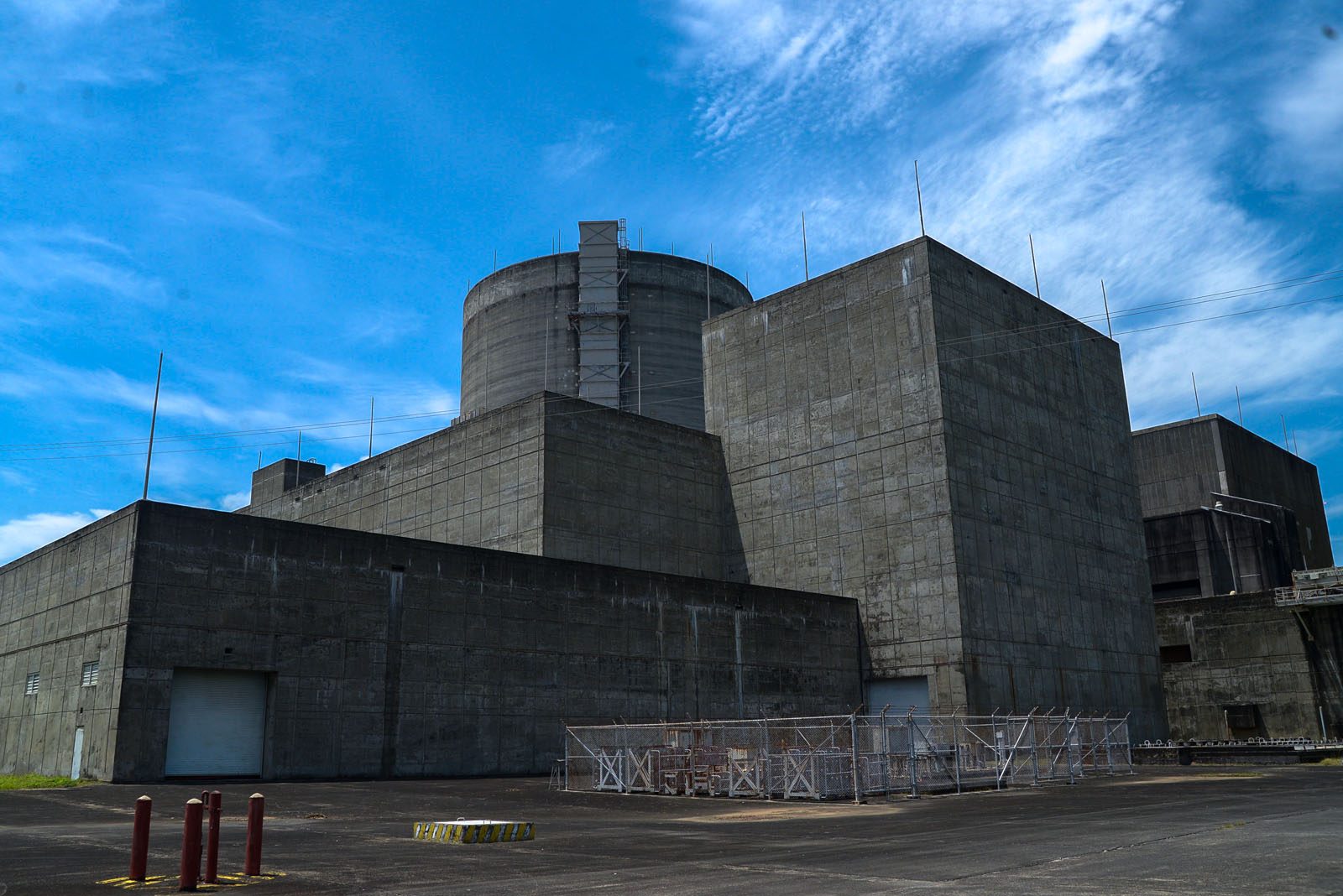
The PNRI’s Leonin said that it does not matter if it would take $1 billion or more, as long as the BNPP, if revived, performs safely in the long run.
“[It is] the responsibility of the owner or operator to inform the public of all issues for them to have an informed basis for making a stand,” Leonin said.
He added that the country’s President would still have the last say when it comes to reviving nuclear power. The chief executive holds the power to halt plebiscites.
For Philippine Ambassador to Austria Zeneida Angara Collinson, the country’s representative to the IAEA in Vienna, the Philippines should not fear nuclear power.
Speaking on the sidelines of the 3rd Nuclear Congress, Collinson noted it would be interesting to see if nuclear energy is on the agenda of presidential candidates in the 2016 Philippine elections. – Rappler.com
Shadz Loresco is a freelance business writer for both online and print. Follow her on Twitter: @shadzloresco.
$1 = P47.27
Add a comment
How does this make you feel?
There are no comments yet. Add your comment to start the conversation.